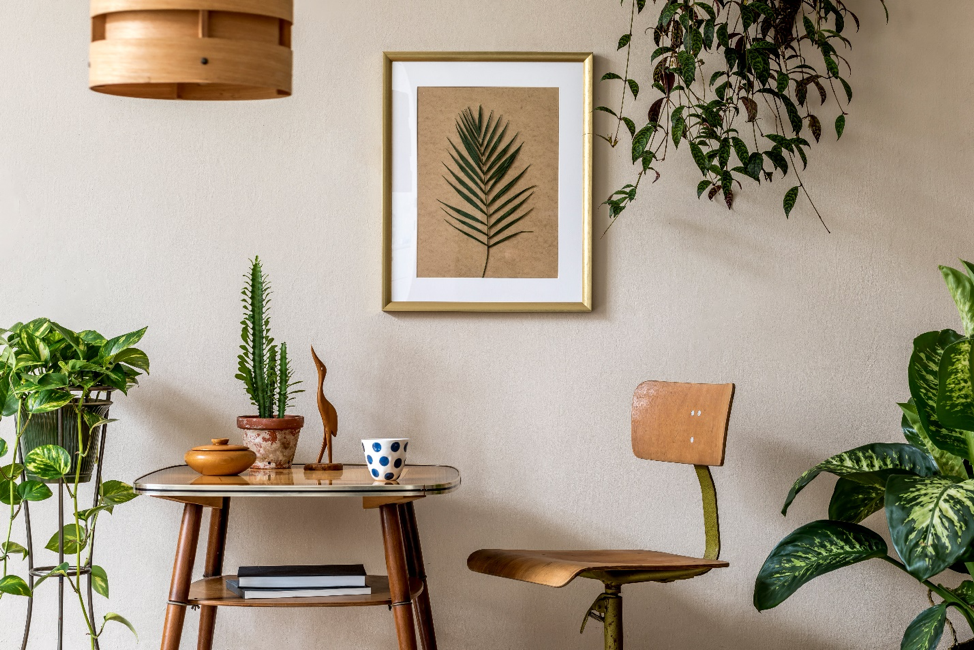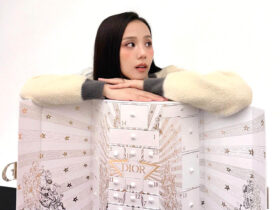Modern Scandinavian Interior Design has become a worldwide sensation.
This interior design style is popular for its simplicity, functionality, and connection to the natural world, and it provides understated elegance to both residential and commercial settings. Scandinavian design sprang primarily from a need for usefulness, since the severe winter temperatures of Northern Europe compelled individuals who lived there to prioritise utility above adornment. This respect to utility was also a key principle of the Bauhaus movement, which contributed to the development of Scandinavian design.

1. Subdued Colors
Scandinavian interior design HDB is known for its use of a colour palette that is predominantly neutral. Because Northern European winters are long and gloomy, Nordic design uses creams, taupes, and browns to make a room feel consistent and cheerful. Accents of turquoise and other bright hues are frequently used sparingly throughout.
2. Ambient Lighting
Natural light is utilised to make a room appear larger and bright. White walls draw attention to available light, and the use of minimal window coverings allows natural light to brighten interiors.
3. Clear the Clutter
Scandinavian design adheres to the “less is more” design philosophy. Scandinavian homes were generally tiny in the 1950s and 1960s, thus excessive decorative objects and accents were not feasible. As a result, designers avoid elaborate or unnecessary decoration, and storage is strategically placed.

4. Wooden Accents
Wood is frequently used in the design of a room, such as walls, wood slats, and flooring. Wooden toys, such as Danish designer Kay Bojesen’s renowned wooden monkey launched in 1951, may also be used as fun highlights in interiors. To soften the impression of a setting, designers frequently pair the harsh, thick material with carpets or sheepskin fabrics. Light woods such as birch, oak, and fir are commonly utilised in Scandinavian design to maintain the light and cheerful look.
5. Plants
Plants, wildflowers, and other flora are utilised to brighten and liven up environments. These live components give a splash of colour to the natural, minimalist aesthetic of Scandinavian design.

6. “Less is More” Strategy
The two most important elements of Scandinavian design are simplicity and utility. To illustrate this idea, walls are frequently left bare and spaces are kept minimal. Toys are also created as basic wooden items, and canopies built of blocks of wood and textiles are common in Scandinavian rooms.

7. Wrapping Up
Scandi interiors are perfect for anyone who loves luxury in the lap of nature. This design theme stems from the idea of ‘less is more’ and appreciates raw, natural beauty. If you’re looking to give your home a new, trendy look, the Scandi design theme is excellent for you. While these principles can help you plan out your Scandinavian home, you would need expert insights to give your space a professional touch.
Interior design firms like Livspace can help you transform your home into Scandinavian paradise. Livspace is one of the best interior design firms, known for offering end-to-end home design services and help you make your dream home a reality.
Visit their website to know more about their services and book a free consultation today!
ADVERTISEMENTS









